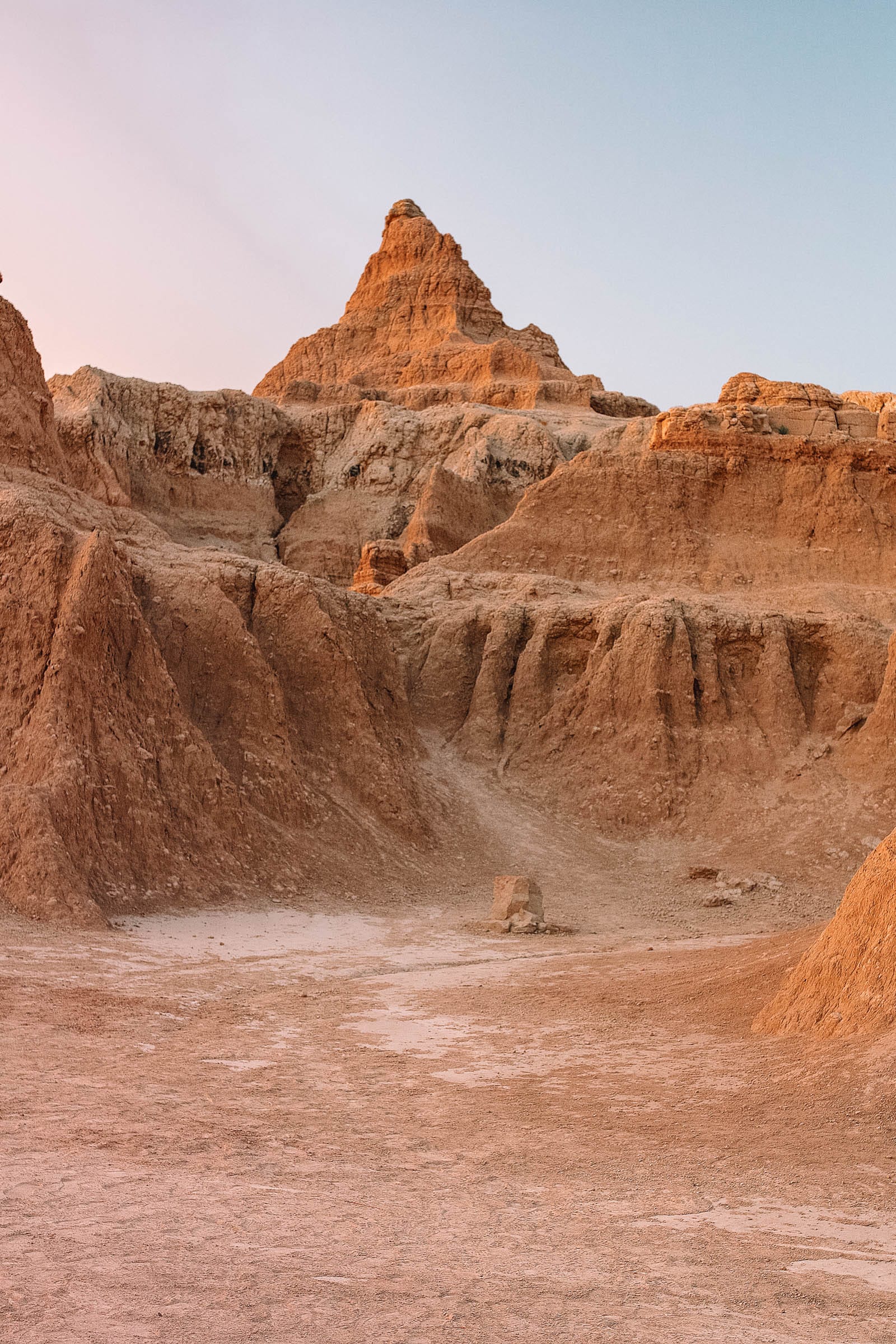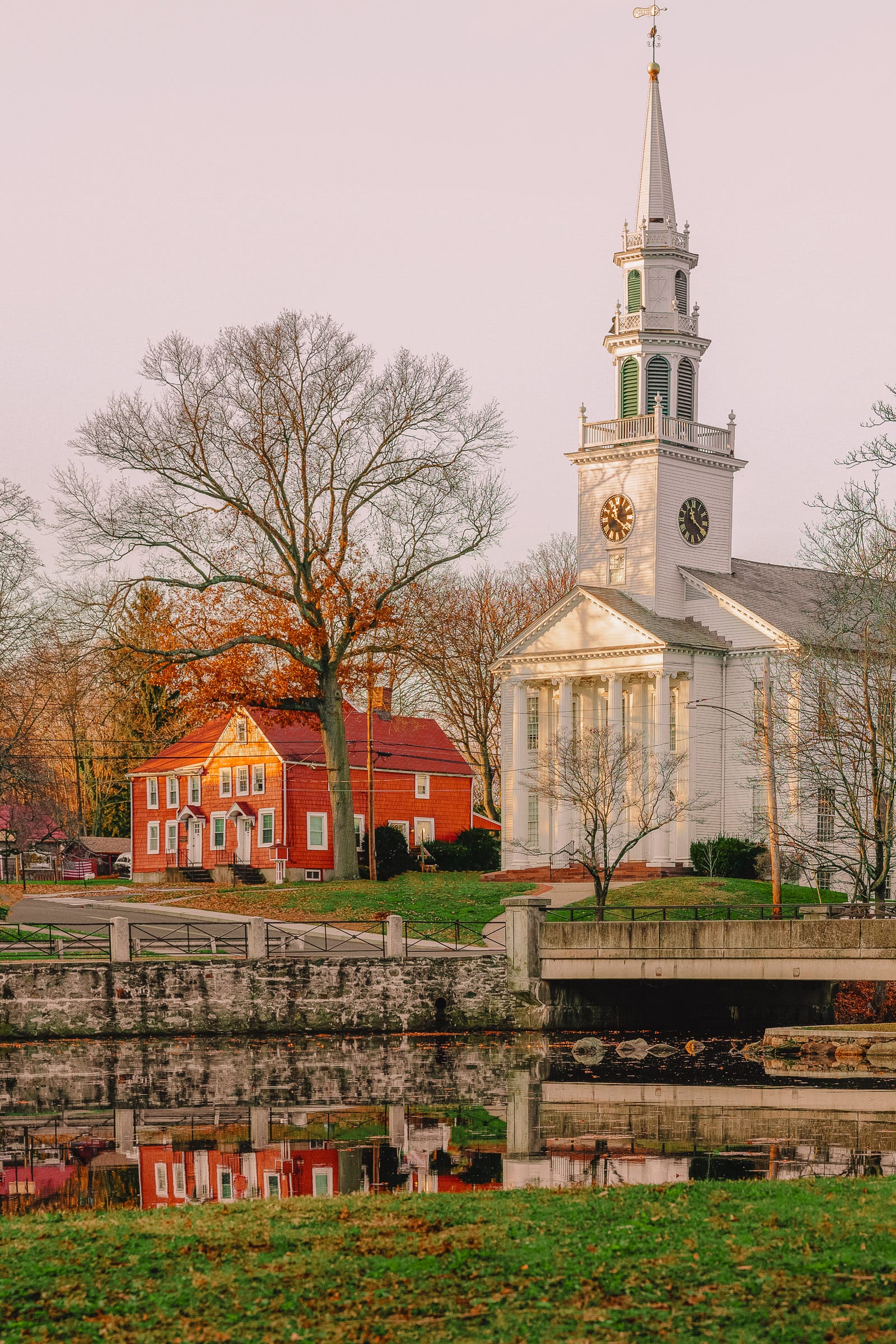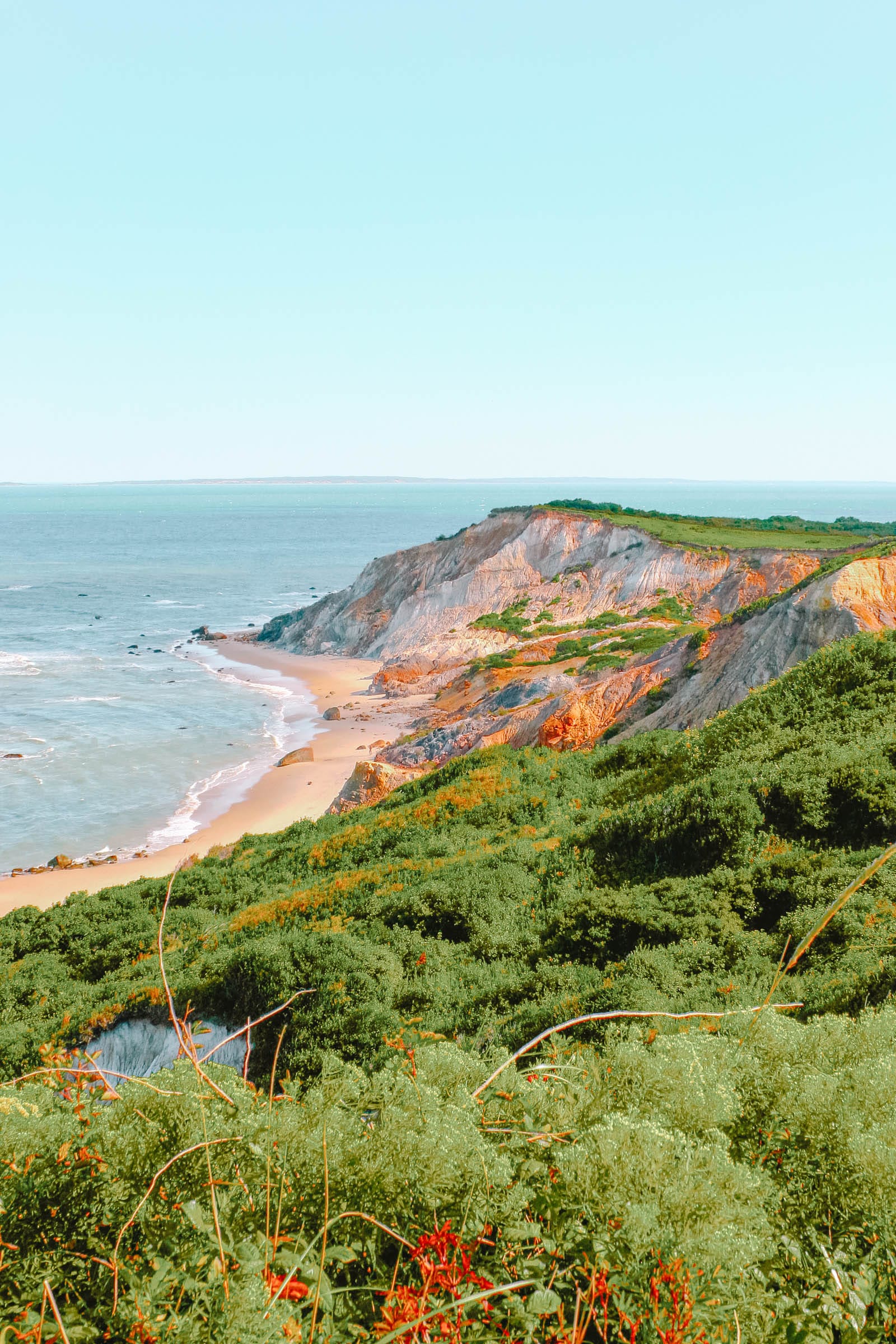No country in Asia, and possibly the world, is such a kaleidoscope of as Malaysia.
The main puzzle of Malay, Chinese, and Indian communities living in the Peninsula is completed by 18 aboriginal groups, the orang asli. Across the sea in Borneo, there are more than sixty different ethnic groups in both Sarawak and Sabah.
This dazzling, explosive melting pot shaped Malaysia’s rich culture, pioneered its labyrinthine mash-up of cuisines, and coexisted in its unique blend of architecture. It’s impossible to experience all Malaysia offers in just one week – but with these insider suggestions, you’ll get deeper than most.
Day 1: Food, Heritage, and Art on Penang Island
A UNESCO World Heritage Site and the first British colonial settlement in Southeast Asia, George Town on Penang Island is the poster child of Malaysia’s diversity. Start in Jalan Masjid Kapitan Keling, also known as “Harmony Street,” where the regal profile of the namesake black-domed mosque stands yards away from a pantheon of Hindu gods etched on the gopuram of the Sri Mahamariamman temple. Further up, devotees light joss sticks for Goddess of Mercy Kwan Yin at her dedicated shrine.
Just behind it, pre-war Sino-Portuguese shophouses rub corners with hip cafés and bistros in a grid of heritage lanes etched with the colorful mural art that, since 2012, kickstarted the rise of a cohesive art scene. The Hin Bus Depot and COEX@Kilang Besi in Jalan Gurdwara host rotating exhibits and events with local artists and creatives.
Food-wise, Penang is renowned around the world: a plate of local nasi kandar (a blend of rice and fiery curries) is a local specialty along with the tangy Penang Laksa and Hokkien Mee – Penang’s variety is served in prawn soup, not dry with dark soy sauce, like in the rest of Peninsular Malaysia.
In the afternoon, take the funicular train up 2,900-foot-high Penang Hill, the first hill station founded by the British in 1788 and a UNESCO Biosphere Reserve since 2021. Descend and enjoy more views from the pavilions of nearby Kek Lok Si, one of Southeast Asia’s largest Buddhist temple complexes, before hunting for more hawker food at New Lane Hawker Center or savoring a Peranakan dinner in George Town.

Day 2: Chase History and Local Culture in Taiping and Kuala Sepetang
Trains connect Butterworth on Penang state’s mainland to Taiping, the former colonial capital of Perak state from 1875 to 1937. Set at the foot of Maxwell Hill, Taiping was voted the world’s third most sustainable city in 2019. Its peaceful lake gardens are a short walk to an old town lined with Sino-Portuguese shophouses filled with delicious food.
Built in 1928 by a wealthy Chinese trader, the Peace Hotel has silky Char Koay Teow garnished with prawns, bean sprouts, and tofu. Nearby Larut Matang Hawker Center is one of Taiping’s most popular spots. Try the fishball char koay teow or the popular chicken rice and wan tan mee.
Ten miles to the west, the Matang Mangrove Forest Park showcases the area’s mangrove-draped ecosystem on the way to the river town of Kuala Sepetang. After visiting the local charcoal kiln factories and enjoying a bumboat ride on the estuary, end the day with a fresh seafood dinner at Restoran Nelayan PNK Matang.

Day 3: Explore Ipoh
It’s a short train ride to Ipoh’s beautiful 1917 Moorish-styled station, from where the colonial-meets-Art Deco architectural mash of Old Town Ipoh is across the adjacent historical padang. Hip Concubine Lane is packed with cafés and souvenir shops, while quieter Market Lane has some of the city’s most photographed street art. The restored cobbled lanes of Kong Heng Square lead to Ipoh’s first boutique hotel and bistro.
Ipoh’s delicious too. Try a cup of white coffee at Sin Yoon Loong in Jalan Bandar Timah, where the brew was invented by roasting beans with palm oil’s margarine. The curry or mushroom chee chong fun and kaya puffs are also must-tries. For lunch, find a seat among the locals at Restoran Ong Kee and try bean sprout chicken.
In the afternoon, get a feel for Ipoh’s tin-mining history at Han Chin Pet Soo, a restored Hakka Chinese clan house and museum, and visit one of the city’s several Buddhist cave temples.

Day 4: Mix Old and New in Kuala Lumpur
To make the most of a day in the sprawling Malaysian capital, catch an early train and transfer to the Batu Caves, where a rainbow-colored staircase leads to one of the country’s most important Hindu cave temples (beware of the monkeys!). As you return, hop off at Kampung Baru to experience the last remaining Malay traditional enclave before checking out the glitzy malls of KLCC, where the iconic Petronas Towers soar to the sky.
Dedicate the late afternoon and evening to explore Chinatown, one of the city’s most historical districts, dominated by the skyscraper Merdeka 118, currently the second-tallest building in the world. At ground level, historical lanes have rejuvenated into a grid of atmospheric bars and cafés.
Kwai Chai Hong Alley has mural art and relaxed bars nearby, while community-led hangouts like REXKL – a former cinema hosting food and beverage outlets – make for engaging stops. These places dive into Kuala Lumpur’s thriving subcultures.

Day 5 and 6: Experience Sarawak’s Culture and Nature in Kuching
Sarawak’s capital offers a well-rounded taste of Borneo in a short two-hour journey. Kuching’s atmospheric old town sits on the riverfront, a short walk from the former quarters of the White Rajahs’ colonial administration, the Old Court House, now transformed into a modern bistro.
The exhibits at the Borneo Cultures Museum deserve time before trying a dayak dinner at Lepau in Jalan Ban Hock.
Consider scheduling an afternoon flight to Sandakan to spend the morning watching semi-wild orangutans at Semenggoh Wildlife Center, where it’s a unique chance to get close to this endangered species.

Day 7: Discover Sandakan’s History, Food, and Nature
While Kota Kinabalu usually steals the show, Sandakan has much to offer. Destroyed during World War II, its remains cling to a hill overlooking a large bay. The reconstructed wooden home of Agnes Keith, who wrote three books about her life here during the Japanese occupation, is a notable landmark.
The local cuisine reflects a blend of Chinese, Indonesian, and Filipino cultures. Restaurant H90, perched on stilts in the Sim Sim district, serves some of the freshest seafood. Don’t miss the sizzling yellow mee with fresh tiger prawns.
Check out Kedai Roti Gold Crown for delicious noodles, bread, and cakes. For a more modern experience, visit Sandakan’s first retro-chic café, San Da Gen, where you can try local brews and taste unique desserts. Enjoy your evening at Ba Lin Rooftop Garden for sunset views and a delightful dinner.

If you have an extra day, a half-hour inland is Sepilok, where semi-wild orangutans and sun bears roam the grounds of Sepilok Orangutan Rehabilitation Center and the Bornean Sun Bear Conservation Center. Eco-resorts by the forest provide a charming final place to rest close to nature. If you can spare a few more days, head to Sukau for warm hospitality along the Kinabatangan River, where boat cruises can reveal wild orangutans and migrating herds of Borneo pygmy elephants.




